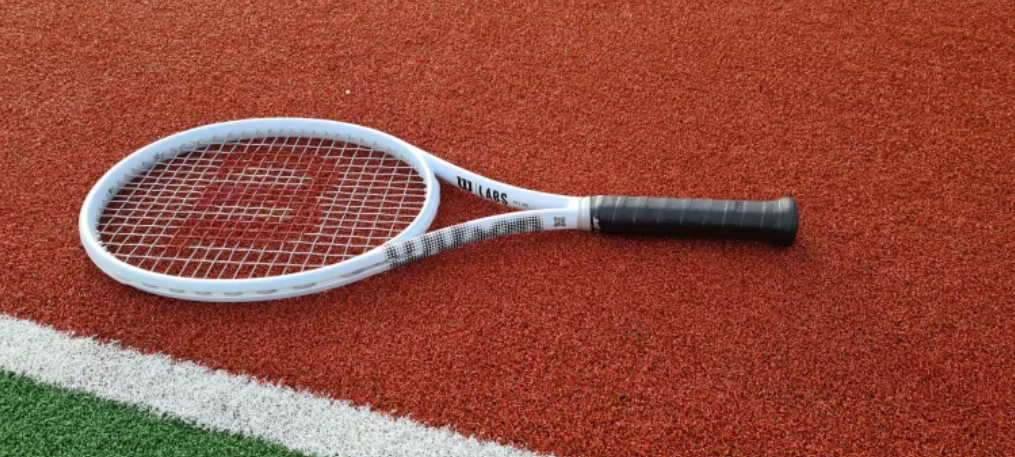Soft tennis, a sport with roots tracing back to 1884 in Japan, has been steadily gaining global attention for its unique characteristics and accessibility. While it shares similarities with traditional tennis, soft tennis offers its own set of distinctive features that make it appealing to players of all ages and skill levels.
Soft tennis stands out as a sport that blends tradition with innovation, offering a unique and accessible alternative to traditional tennis. With its gentle learning curve, customizable gameplay, and growing international appeal, soft tennis is poised to captivate players and fans alike for generations to come. As the sport continues to evolve and adapt to changing times, its enduring popularity serves as a testament to its timeless charm and universal appeal.
- Origin and Global Appeal
Soft tennis originated in Japan in 1884 and has since gained popularity not only in its home country but also in Korea, Taiwan, and beyond. Its gentle learning curve and adaptable gameplay have contributed to its appeal, attracting players from diverse backgrounds worldwide. The sport has found enthusiasts in over two dozen national federations and associations, spanning continents from Asia to South America and Europe. - The Soft Tennis Ball
Central to the essence of soft tennis is its signature element – the soft tennis ball. Weighing typically around 30-31 grams, the soft tennis ball is significantly lighter than a regular tennis ball, which weighs between 56-59.4 grams. This lighter weight contributes to a slower flight trajectory, offering players more time to strategize and execute their shots, resulting in longer rallies and heightened excitement on the court. Moreover, the soft tennis ball’s diameter remains the same as a standard tennis ball, ensuring familiarity while enhancing playability for beginners and seasoned players alike. - Gentler on the Body
Soft tennis distinguishes itself by being gentler on the body compared to traditional tennis. The combination of a lighter ball and looser-strung racquets reduces the shock and torsion experienced during gameplay, making it a preferred choice for those prone to tennis-related injuries. This aspect enhances the inclusivity of the sport, welcoming players of varying fitness levels and physical capabilities. Additionally, the option to adjust the ball’s inflation level adds a layer of customization, allowing players to tailor the game to their comfort and playing style, further reducing the risk of strain or injury. - Customizable Gameplay
Soft tennis offers a degree of flexibility in gameplay, allowing for adjustments in the ball’s bounce height and liveliness. This customization empowers players and tournament organizers to tailor the game to their preferences and playing environment. By adapting to different conditions and player preferences, soft tennis ensures a dynamic and engaging playing experience for all involved. Furthermore, the soft tennis rules accommodate various court surfaces and weather conditions, reducing the impact of external factors on gameplay consistency and fairness. - Global Reach and Growing Popularity
Soft tennis’s expanding presence beyond its country of origin is evident in the establishment of national federations and associations worldwide. With growing popularity in countries like Korea, Taiwan, Peru, and Hungary, soft tennis is steadily gaining recognition on the international stage. This global appeal underscores the sport’s potential for further growth and development in the years to come. Additionally, the sport’s inclusivity and accessibility contribute to its popularity, as it welcomes players of all ages, genders, and skill levels to participate and enjoy the game. - Embracing Innovation
Enthusiasts within the soft tennis community continually seek avenues for innovation and improvement within the sport. From experimenting with equipment design to refining playing techniques, there is a constant drive to enhance the soft tennis experience. This culture of innovation fosters creativity and ensures that soft tennis remains a vibrant and evolving sport in the global sporting landscape. Furthermore, ongoing research and development efforts aim to optimize player performance and minimize injury risks, promoting the long-term sustainability and appeal of soft tennis for future generations.



